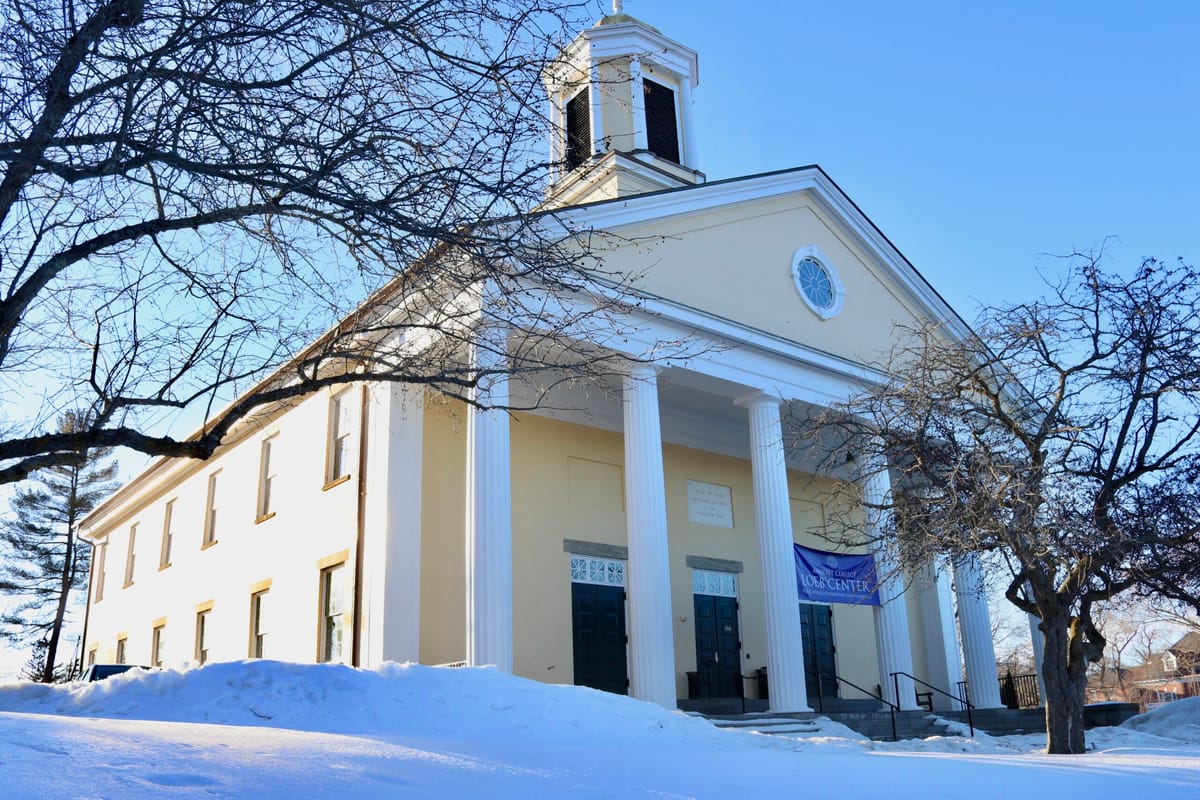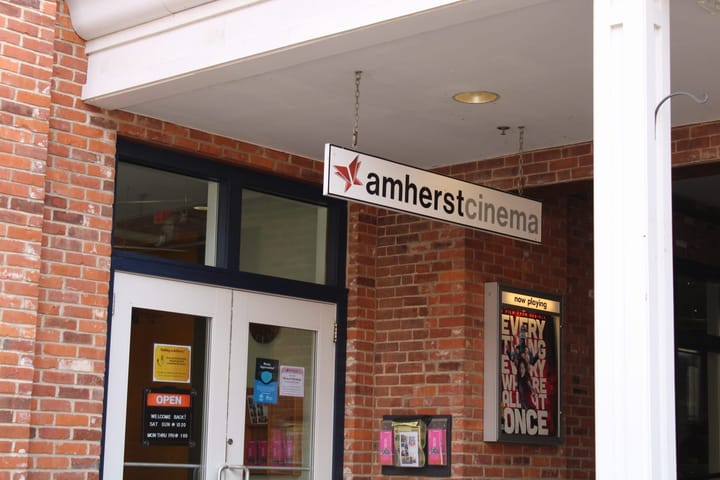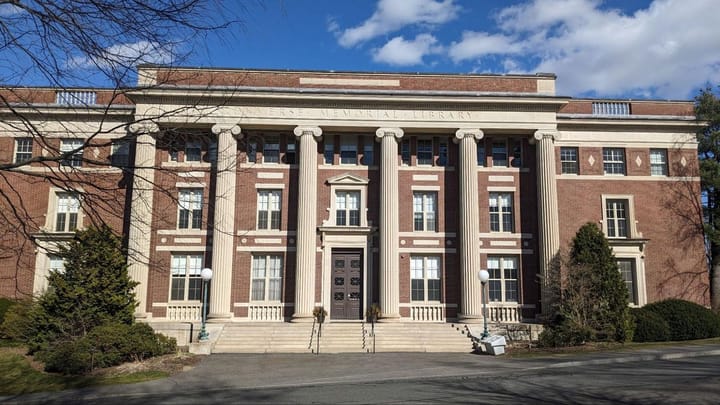Pathways Discontinued After Decline in Participation

At the end of fall semester, the Loeb Center for Career Exploration and Planning suspended its Pathways Mentorship Program, citing declining student engagement and the growth of other alumni-student initiatives. This termination comes after 18 months of review in partnership with the Office of Alumni and Parent Programs, which concluded that the resources dedicated to Pathways would be best used elsewhere.
The program, which was designed to facilitate digital mentorships between students and alumni, launched in 2013 with significant enthusiasm from the student body. According to a report from the Loeb Center, Pathways maintained 311 active alumni-student relationships at its peak in the 2014-2015 school year.
However, this level of enthusiasm has gradually fizzled out, with the program falling below 50 mentorships in the past semester. “Every single year since 2015, there’s been, on average, about a 40 percent decline in student enrollment. That’s what prompted us to begin a process to think about what we should do with this platform,” said Emily Griffen, director of the Loeb Center. “In the end, we came to the conclusion that the program wasn’t serving the needs of our students as well as many of our other resources, and that it would be better to turn our attention to making sure to bolster those.”
Part of the reason Pathways has lost its effectiveness is a key flaw in its design, according to Griffen.
“Some schools that have had a more successful alumni mentorship program, [their programs] were extremely small scale, face-to-face and high-touch. They mirrored more closely what we do already with our career programming,” said Griffen. “When we conceived Pathways, we were thinking about volume, and that wasn’t the best intentional goal … Mentoring and those kinds of relationships — it’s organic, it’s authentic. It’s really limited how that’s going to grow out of an online platform.”
Although many stakeholders were consulted and indicated tacit approval for this move, some people expressed their regret at losing this avenue of alumni-student engagement.
“Having individually emailed the alumni that were especially robust users, these alumni had a minor amount of sadness, but they were like, ‘This makes sense,” said Amanda Rivera López ’93, executive director of Alumni and Parent Programs. “They weren’t initially aware of the declining student use, so when they understood that, it became really clear that this was the right decision.”
Both Griffen and López emphasized that the discontinuation of Pathways does not mean a weakening of efforts to connect alumni and students.
“[Alumni] really stressed to us that this intergenerational connection is still very important, that it’s very important that we facilitate points of contact between students and alumni,” said Griffen. “That really encouraged us to never lose sight of that connection.”
“One of the directives in the strategic plan [is] to facilitate alumni-student connections. So we are always looking for places where that can happen,” added López. “Some of them are more formal, like making sure that the Loeb Center has good information about alumni, but also really informal things, like making sure that students are invited to alumni events in the January break.”
Griffen and López highlighted several programs that already work towards connecting students and alumni, including Food for Thought lunches, career trek events and training programs that teach students how to use the alumni directory. Griffen also noted that the Loeb Center is planning on piloting a new “alumni-in-residence program” next year in response to the closure of Pathways.
“The idea capitalizes on a lot of the ways that we already work with alumni,” said Griffen. “Basically, the alumni-in-residence program will engage an alum more as a co-educator. Instead of a one-off, ‘Oh, great, you’ll do this event, we’ll see you on campus, there you go,’ we will spend more time talking to them about what students are asking, what we’re hearing and guiding them on how they can spend a day on campus engaging with students.”
In any case, neither Griffen nor López expressed worry over the temporary gap in alumni-student programming, believing current programming to be more than sufficient. They cited how 424 alumni-student connections were formed through other Loeb Center events last year, far exceeding engagement through Pathways, as well as the capacities of the alumni directory to fill in the gaps originally covered by Pathways.
Ben Stick ’22 agreed that other resources satisfy his needs. “I’ve never heard of the [Pathways Mentorship] program. I just use the alumni directory. It’s just easier to email them,” said Stick. “[A mentor of mine] told me that what he did as a freshman was that he just kept on reaching out to alumni, and that’s how he ended up finding his job. So that’s what I do.”





Comments ()